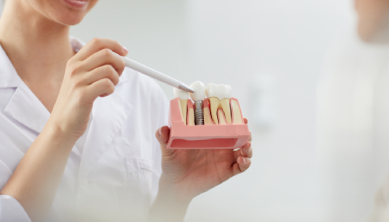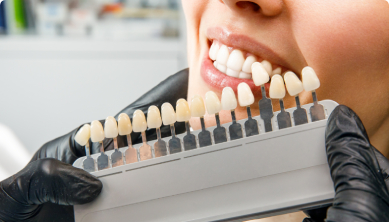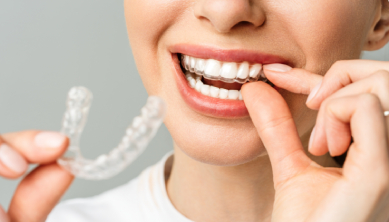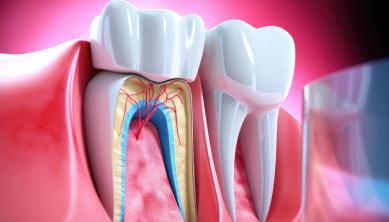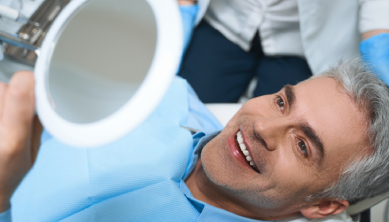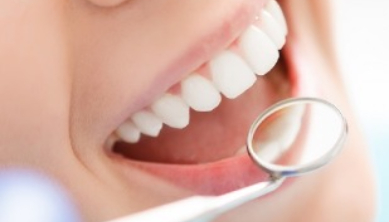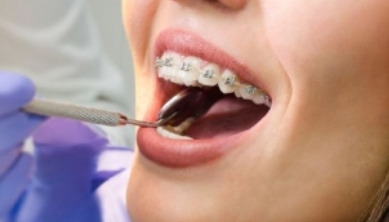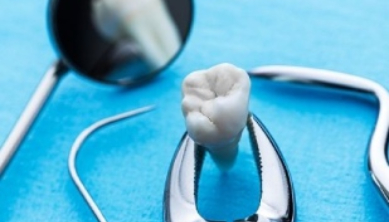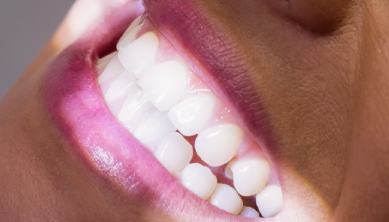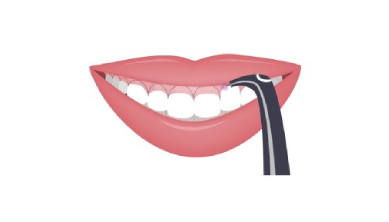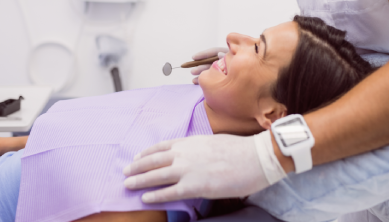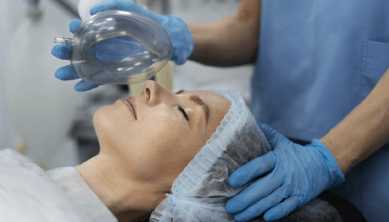
Dental Calculus Cleaning
Dental calculus cleaning is the removal of existing plaque and dental calculus on the surface of the teeth, then polishing and cleaning the surfaces of the teeth. Dental calculus cleaning is performed when needed.
How Is Dental Calculus Removal Performed?
It is undesirable for dental calculus to form on the teeth. Regular brushing and flossing help prevent plaque formation and therefore dental calculus. In dental stone cleaning, dental calculus is usually cleaned with periodontal tools without the need for anesthesia. These tools remove accumulation on the surface of the teeth and allow them to return to their healthy form.
How Often Should Dental Calculus Cleaning Be Performed?
Dental caries, dental diseases, gingival recession, bone inflammation, wounds that may occur in the mouth and tooth loss can be prevented with regular calculus cleaning. You can ensure that your teeth are healthy with dental calculus removal. If you want to have whiter teeth, you can check out our blog post on the topic of Teeth Whitening.
The frequency of visits to the dentist is determined depending on the oral and dental health of the person. If a patient has a risk of gingivitis (for example, smoking or diabetes), it is recommended to have a dental calculus removal every six months. On the other hand, people who are prone to the formation of plaque (and therefore dental calculus) may need dental cleaning more often.
Is Dental Calculus Removal Painful?
Pain is usually not felt during dental calculus cleaning procedures. However, if our patient is particularly sensitive, we can employ local anesthetics.
What Should We Pay Attention To After Dental Calculus Removal?
After dental calculus removal, taking necessary precautions prevents damage to the teeth and prevents the formation of dental calculus again.
- Food should not be consumed for 2 hours after the dental calculus cleaning procedure.
- Highly cold or hot foods should not be consumed for the next 24 hours after the procedure.
- After cleaning the dental calculus, patient should stick with their normal routine of dental hygiene; teeth should be brushed regularly and flossed.
- Leakage and mild pain may occur after cleaning dental calculus. In such cases, painkillers may be used.


